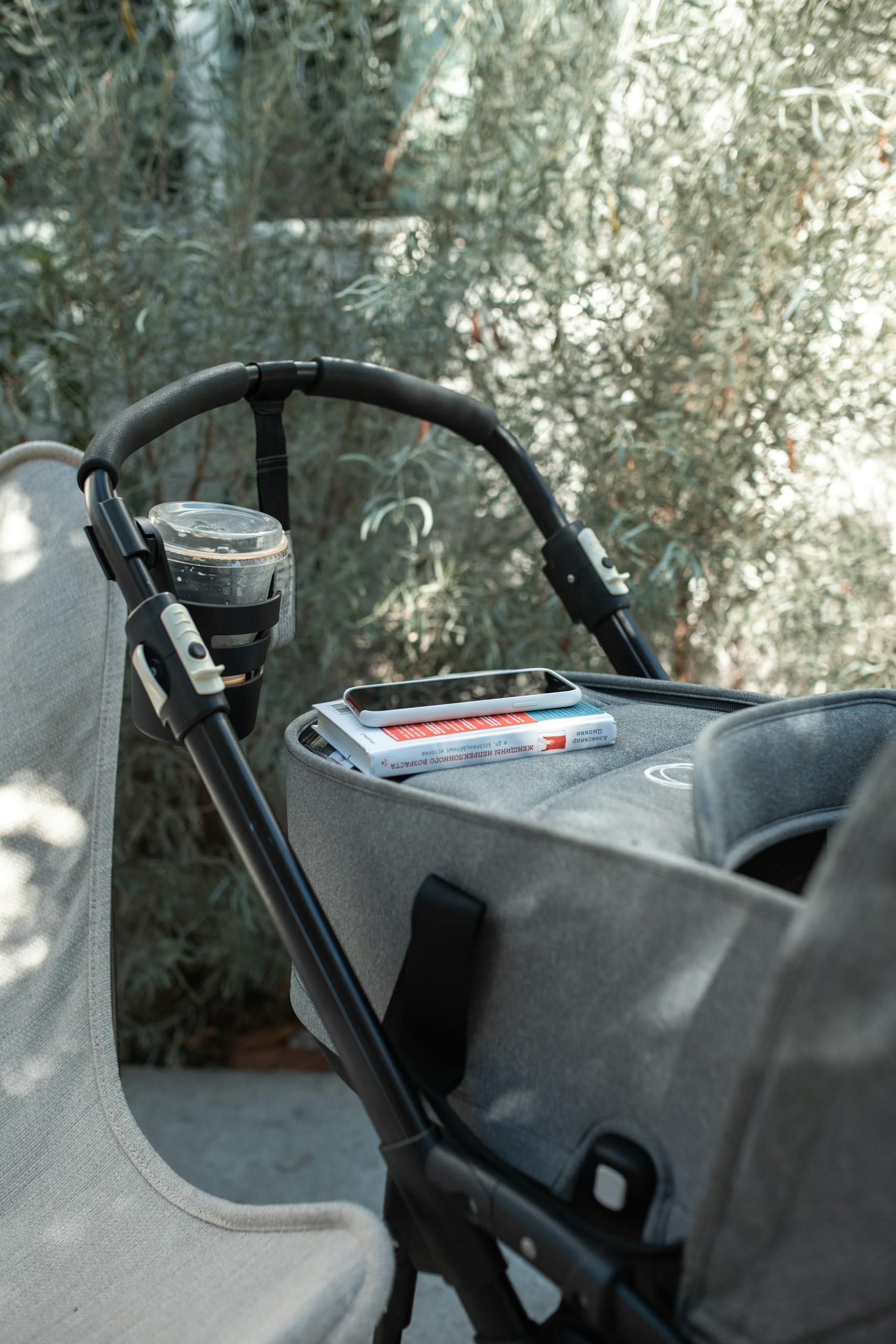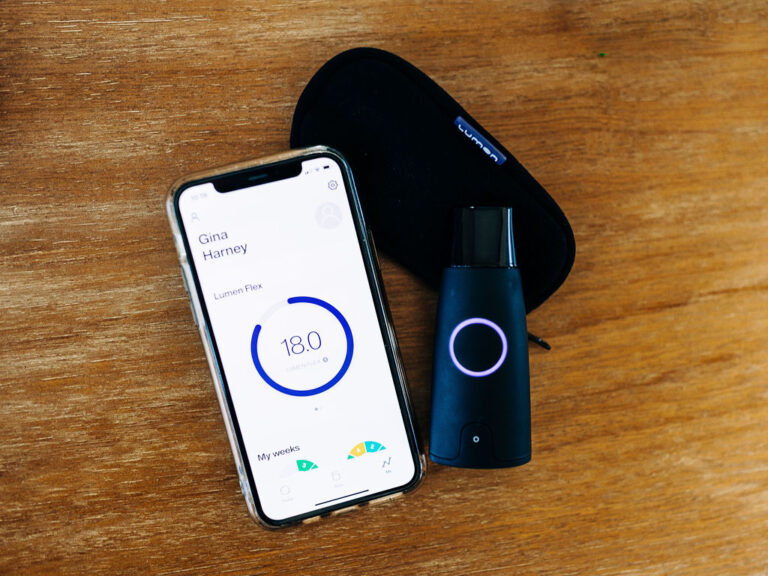Mama, let’s talk about getting your body back without the BS. I see you scrolling through Instagram at 3 AM, looking at those “I’m back to my pre-baby body in 6 weeks!” posts while you’re still figuring out how to shower regularly. Here’s the truth bomb: those unrealistic expectations aren’t just unhelpful – they can actually be dangerous for your recovering body.
I’ve been down this rabbit hole of postpartum exercise research so you don’t have to, and what I found will probably surprise you. The smartest approach to working out after birth isn’t about doing more – it’s about doing better. We’re talking evidence-based moves that actually support your healing body, zero crunches required, and a timeline that makes sense for real life with a newborn.
Your body just performed the ultimate feat of strength. Now let’s treat it with the respect it deserves while getting you feeling strong and energized again. Ready to ditch the workout guilt and embrace a smarter approach to postpartum exercise?
The 6-Week Myth vs. Reality
Let’s get real about when you can actually start exercising after birth. That magical “6-week clearance” from your doctor? It’s not quite as simple as it sounds, and the latest research is changing how we think about postpartum fitness timelines.
Here’s what the current guidelines actually say: while light movement can start almost immediately, some OBGYNs now recommend waiting up to 12 weeks before returning to moderate or high-intensity exercise. This extended timeline gives your deep core muscles, pelvic floor, and connective tissues more time to properly heal.
Your recovery phases look like this:
Immediate postpartum (0-2 weeks): Gentle walking as tolerated, deep breathing exercises, and basic pelvic floor awareness. Think “movement, not workouts.”
Early recovery (2-6 weeks): Light walking for longer periods, posture-focused stretches, and intentional core breathing. Your body is still in major healing mode.
Medical clearance (6+ weeks): Your doctor gives the green light for more structured exercise, but “cleared” doesn’t mean “back to normal.” Start slowly and listen to your body.
Extended recovery approach (12+ weeks): Many experts now suggest this timeline for returning to pre-pregnancy intensity levels, especially for high-impact activities.
Remember, your doctor knows your specific situation best, but here’s what the latest research says: patience now prevents problems later. A quality fitness tracker can help you monitor your activity levels as you gradually increase movement without overdoing it.
Why Your Abs Feel Like Jello (And Why That’s Normal)
Let’s talk about what’s actually happening in your core right now, because understanding the “why” makes the “how” so much clearer. During pregnancy, your rectus abdominis muscles (the “six-pack” muscles) stretch and separate to make room for your growing baby. This separation is called diastasis recti, and it happens to nearly every pregnant woman.
Think of your abs like a zipper that got stuck open – the muscles are still there, but the connective tissue between them (called the linea alba) has stretched out. Mild separation of 1-2 finger widths is completely normal and often resolves on its own with proper exercises. Separation of 5+ finger widths might need more targeted intervention.
Here’s why traditional crunches can actually make diastasis recti worse: they create outward pressure on that already-stretched connective tissue, potentially widening the gap instead of closing it. It’s like trying to zip up a jacket by pulling the sides apart – not exactly effective.
Your pelvic floor muscles also stretched significantly during pregnancy and birth, and they work closely with your deep abdominal muscles. When one system isn’t functioning properly, it affects the whole team. This is why focusing on safe postpartum core exercises that address the entire system is so important.
You can do a basic self-assessment by lying on your back with knees bent, lifting your head slightly, and feeling for the gap above and below your belly button. However, a women’s health physiotherapist can give you a much more comprehensive evaluation and personalized recovery plan.
Start Here: The Most Important Exercise You’re Not Doing
Before we get to any fancy moves, let’s master the foundation: breathing. I know this sounds boring, but trust me on this – proper breathing is literally the most important postpartum exercise you can do, and it’s probably the one you’re not doing correctly.
Diaphragmatic breathing (also called belly breathing) is the key to reactivating your deep core muscles. During pregnancy, your breathing patterns changed to accommodate your growing baby, and now you need to retrain your system.
Here’s how to do it: Lie on your back or sit comfortably with one hand on your chest and one on your belly. Breathe in slowly through your nose, allowing your belly to rise while keeping your chest relatively still. As you exhale through your mouth, gently draw your belly button toward your spine and imagine your pelvic floor muscles lifting up slightly.
This isn’t just about your abs – proper breathing helps coordinate your diaphragm, pelvic floor, and deep abdominal muscles to work as a team. It’s like hitting the reset button on your entire core system.
For pelvic floor exercises after birth, start with gentle Kegels, but make sure you’re doing them correctly. Instead of just “squeeze and release,” think “lift and lower.” Imagine picking up a marble with your pelvic muscles, lifting it up, holding briefly, then slowly lowering it down. The lowering part is just as important as the lifting. You can find how-to videos all over Youtube. Our favorite channel is Pregnancy and Postpartum TV which is a gold-mine for videos like this that walk you through more postpartum pelvic floor exercises than just kegels!
You can also consider investing in a pelvic floor device that works with an app that can guide you through proper technique – it’s one of those things that’s worth getting right from the start.
Safe Moves That Actually Work (Equipment Optional)
Now for the fun part – actual exercises that support your recovery without risking injury. These beginner postpartum workout moves are designed to rebuild your strength foundation safely, and most require zero equipment.
Core Recovery Moves (No Crunches!)
Abdominal Compressions: Lie on your back with knees bent. As you exhale, gently draw your belly button toward your spine without holding your breath. Hold for 5 seconds, then relax. This activates your deep abdominal muscles without straining the surface layers.
Pelvic Tilts: From the same position, gently tilt your pelvis so your lower back presses into the floor. This helps retrain your core and can relieve lower back tension.
Toe Taps: Lying on your back, lift one foot off the ground and slowly lower it to tap the floor, then return to start. Keep your core engaged throughout. This challenges stability without putting pressure on your abdominal separation.
Modified Planks: Start with wall push-ups, then progress to incline planks (hands on a couch or step), then knee planks, and eventually full planks as you get stronger. We’re rebuilding, not demolishing.
Gentle Strength Building
Wall Push-ups: Stand arm’s length from a wall, place your palms flat against it, and perform push-ups. Progress to incline push-ups on stairs or a couch, then knee push-ups as you get stronger.
Supported Squats: Use a chair or wall for support as you practice proper squat form. Focus on sitting back into your heels and keeping your knees tracking over your toes.
Glute Bridges: Lying on your back with knees bent, squeeze your glutes and lift your hips up. This strengthens your posterior chain, which often gets weak from pregnancy posture changes.
Movement & Mobility
Cat-Cow Stretches: On hands and knees, alternate between arching and rounding your spine. This feels amazing for pregnancy-related back tension and helps improve spinal mobility.
Gentle Walking: Start with 10-15 minutes and gradually increase. Walking is one of the best safe postpartum workouts because it’s low-impact but still gets your cardiovascular system working.
Baby-Wearing Walks: Kill two birds with one stone by wearing your baby during walks. You get exercise, baby gets fresh air and movement, and you both get bonding time.
Consider investing in resistance bands for at-home strength training – they’re portable, versatile, and perfect for gradually building strength. A good yoga mat makes floor exercises more comfortable, and there are some excellent postpartum-specific workout programs designed by experts who understand exactly what your body needs right now. For free workouts here is another one by the previously mentioned Pregnancy and Postpartum TV. For workouts pre and post pregnancy AND beyond we will always tout BODi (Beachbody on Demand) because you have dozens of full programs at your fingertips, all with different goals, trainers, equipement requirements and difficulty. (Use this BODi coupon code to save too: NILABODI15)
Red Flag Exercises (Save These for Later)
Here’s what you absolutely want to avoid until your core has properly healed. These aren’t forever no-gos, just “not right now” moves:
Traditional Crunches and Sit-ups: These create outward pressure on your abdominal separation and can actually make diastasis recti worse. Save them for after you’ve rebuilt your deep core foundation.
High-Impact Cardio: Jumping, running, plyometrics, and high-intensity interval training put stress on your pelvic floor and can contribute to prolapse issues if started too early.
Heavy Lifting: Stick to lifting no more than your baby’s weight for the first few months. Your connective tissues are still soft from pregnancy hormones.
Intense Planks or Mountain Climbers: These advanced core moves require significant stability and can strain your healing abdominal muscles.
Remember, this isn’t about never doing these exercises again – it’s about timing. Your postpartum workout plan for beginners should focus on building a solid foundation first, then progressing to more challenging moves as your body is ready.
Your Comeback Plan (Because Every Mom is Different)
Creating your personal timeline is crucial because every woman’s recovery is different. Here’s a general framework, but listen to your body above all else:
Weeks 1-6: Focus on breathing exercises, gentle walking, basic stretches, and posture awareness. Progress is measured in how you feel, not how much you sweat.
Weeks 6-12: After medical clearance, add structured core recovery exercises, light strength training with bodyweight or light resistance, and longer walks.
Weeks 12-24: Gradually increase intensity based on how your body responds. This might be when you start adding more challenging exercises or longer workout sessions.
6+ months: For many women, this is when it feels safe to return to higher-impact activities like running or intense strength training.
Progress isn’t linear, and that’s totally normal. Some days you’ll feel strong, others you’ll feel like you’re starting over. External factors like sleep deprivation, stress, and hormonal changes all affect your recovery.
Signs you’re ready to progress: exercises feel easier, you have good form throughout, no pain or excessive fatigue, and you’re consistently completing your current routine.
Signs to slow down: persistent joint pain, excessive fatigue, worsening of diastasis recti, or any pelvic pressure or incontinence.
A fitness journal or tracking app designed for postpartum recovery can help you notice patterns and celebrate progress that might otherwise go unnoticed.
Fitting Fitness Into Your New Reality
Let’s get real about what actually works with a newborn. Forget the idea of hour-long gym sessions – your new mantra is “something is better than nothing.”
10-Minute Segments: Research shows that breaking up your weekly exercise goal into smaller chunks is just as effective as longer sessions. Three 10-minute workouts can be easier to fit in than one 30-minute session.
Baby-Friendly Options: Floor exercises while baby has tummy time, walking meetings for phone calls, dancing while baby sits in their bouncer. Make your little one part of the workout when possible.
Partner Tag-Team: If you have a partner, trade off workout times. Even 20 minutes while they handle baby duty can make a huge difference in how you feel.
Naptime Workouts: Keep a simple routine ready to go for when baby actually naps. Have your mat out, know your moves, and be ready to jump in.
Consider investing in a baby play mat with interesting toys for tummy time – it gives you a consistent 10-15 minute window for floor exercises. Quick, effective workout programs designed specifically for busy moms are also worth their weight in gold. Again, I cannot emphasize enough how perfect BODi workouts are especially in your first year or so postpartum. The ability to just “press play” during naptime is priceless.
When to Seek Help
No shame in getting professional help – it’s actually the smart move. Consider reaching out to a women’s health physiotherapist if you experience:
- Persistent back or pelvic pain
- Incontinence (urine leakage) during exercise or daily activities
- Severe diastasis recti (more than 3-4 finger widths)
- Pelvic pressure or heaviness
- Pain during exercise
These professionals specialize in postpartum recovery and can create a personalized plan based on your specific needs. Many now offer virtual consultations, making it easier to get expert guidance from home.
Your Body Did Something Incredible
Mama, here’s your reminder: your body just performed the ultimate feat of strength and endurance. Growing and birthing a human being is literally the most athletic thing you can do, and now you’re learning to function on broken sleep while keeping a tiny human alive.
The goal isn’t to “get your body back” – it’s to build a strong, functional body that can handle your new life as a mom. Slow and steady progress that prioritizes healing and proper movement patterns will serve you so much better than rushing back to intense workouts.
Your approach to postpartum exercise sets the foundation for your long-term health and fitness. Be patient with yourself, celebrate small wins, and remember that taking care of your body is taking care of your family too.
DISCLAIMER: Some links on this site are affiliate links, which means we might earn a small commission if you shop through them (no extra cost to you—think of it as buying us a matcha 🍵 for the research).
While some of us are doctors, we’re not your doctors. The info on this site is meant to educate and empower, not diagnose or treat. Always chat with your own healthcare provider before starting new meds, peptides, supplements, or that intense cold plunge-fasting-stack we’re raving about. You do you—but do it safely. 💪







